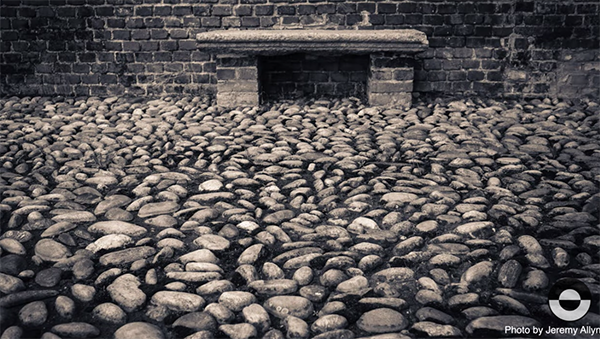TEXTURE: The Secret to Capturing Creative Outdoor Photos (VIDEO)
If you’re looking for a secret ingredient to boost the impact of outdoor photos, concentrating on textures is a great way to go. That’s the topic of this tutorial from the Viewfinder Mastery YouTube channel, an international community of photographers who exchange proven techniques that deliver superior results.
Today’s instructor, Matt Anderson, is Director and lead instructor of the group and he summarizes the concept like is: “Texture is an amazing creative tool that all photographers should know how to use, and we explore it all. If you put these expert tips to use on your next photoshoot you’ll get awesome results.”
If you think about it, there are interesting examples of eye-catching textures in just about every outdoor scene we confront. The trick is understanding how to artfully compose a photo with this vital component in mind. Textures can be rough like a brick wall, or smooth, gritty, or soft—and each type can evoke a different mood.

Anderson puts it like this: “Texture helps you tell stories with your camera and it can really help the viewer know how your subject or scene feels in a sort of visual, tactile way. It’s what makes you feel that you can reach out and touch the subject through the photograph.”
Choosing the right object to emphasize is the first step in the process, and this simply requires that you careful evaluate a scene to discover a textural component. A walk in the park is a great place to start if natural textures are what you have in mind. Tree bark, leaves, rock formations, wet surfaces, and remnants of animal fur are all worth exploring.
You can also find compelling textures by strolling through the city where you live. Here you’re looking for concrete structures, rough pavement, rusted metal, cobblestone streets, and all sorts of industrial elements that you can include within the frame.

Anderson explains and illustrates how to put all this together with several illustrative photos in which some form of texture is an essential element of the image. You don’t need fancy gear or complex focusing or exposure techniques. This simply involves a new way of viewing your surroundings and incorporating what you see in the photos you shoot.
The Viewfinder Mastery YouTube channel is a great source of instructional videos on a wide variety of topics. So be sure to pay a visit when you have some free time to explore.
And don’t miss the tutorial we featured recently from a professional photojournalist who demonstrates how he captures spectacular Golden-Hour photographs with a unique look.











